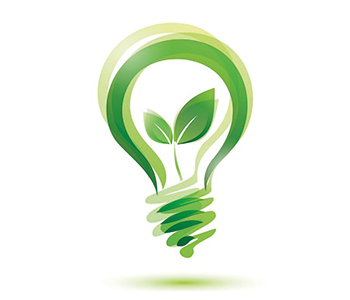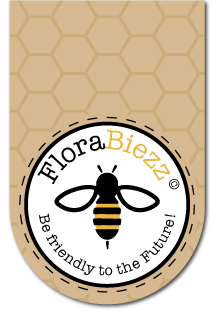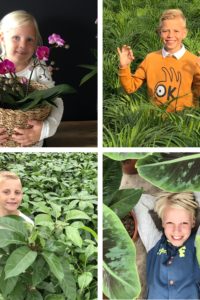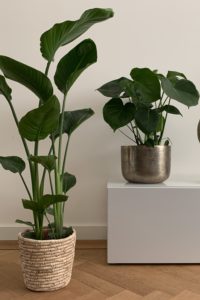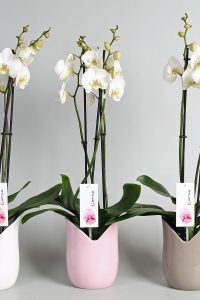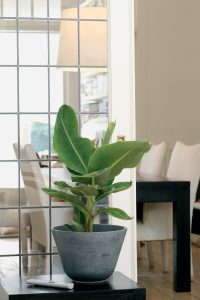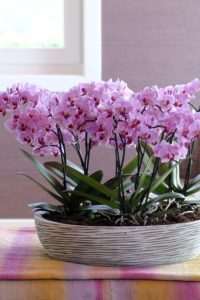Geest Potplanten is a progressive nursery, located at various locations in the municipality of Westland. On an area of 15 hectares we grow potted plants with the utmost care. Our wide range consists of various (green) houseplants, such as Alocasia, Areca, Monstera, Musa, Phalaenopsis, Schefflera, Strelitzia and colourful (flowering) orchids.
Our core value is Together-Improve-Success. With these values we emphasize that everyone within our company contributes to the success of our company and the success of our customers, and that we think outside the box to further develop ourselves. In this way we fully use the talents of our team members.
With our label “You & Me in a green world”, we show our commitment to making a greener world. We borrow the earth from our (grand)children. We want to take care of nature as much as possible, that’s what we base our choices on. We go for the best option for both the environment and people.
Geest Potplanten
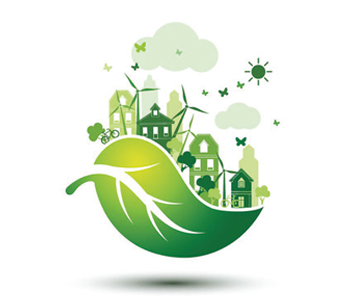
Sustainability
Water
All rainwater is collected and stored in our basins, some of which are located under our production floors. We use this water to irrigate the crops, after which the water is collected and reused. This is a so called closed system. The collected water is purified again and again, so that the plants get fresh and clean water and no used water goes back into nature.
Biodiversity
The challenge for sustainable cultivation is to make the plant as strong as possible and thereby make it resistant to diseases and pests If the plant is resistant and less susceptible, small animals can take over to keep the crop healthy. This way we can keep cultivation under control with as little use as possible of chemical crop protection products. In other words, diseases and pests are combated as much as possible biologically. Employees continuously walk through the nursery to ensure that the plants are strong and healthy.
Climate
The electricity we need for Geest Potplanten is generated with enormous batteries, so-called CHPs. In the summer, we collect the heat and store it underground, which we can use it in the winter to heat the greenhouse and vice versa. There are sources present under the company, which we also use for energy efficiency. In summer, cold water from the springs is used to regulate the temperature in the cool compartments. One of the cultivation phases for orchids has been set up as a cold department to get the plants in bloom. In addition, we have our solar panels to save on electricity and we are connected to geothermal energy in order to use as little gas as possible.
Waste is neatly separated and recycled within the company. Recycled materials are being used as much as possible. For example, the cultivation pots are made of recycled bottle caps and nappies and the trays for the plants are selected on the basis of the reusability of the material. The potting soil used is sustainably sourced and is RHP-certified.
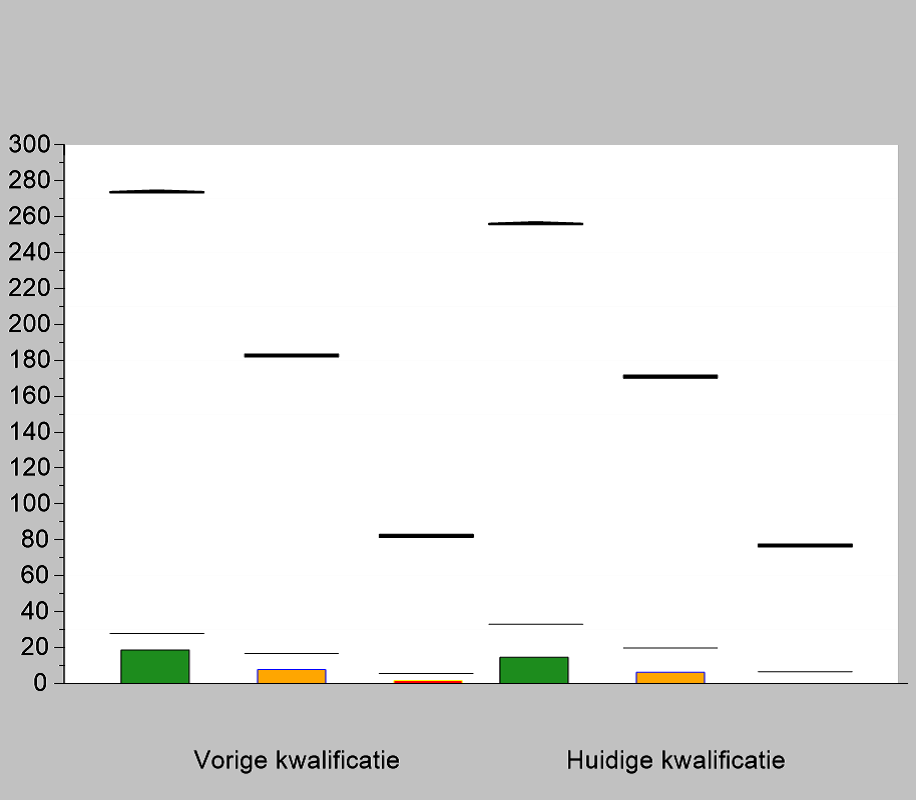
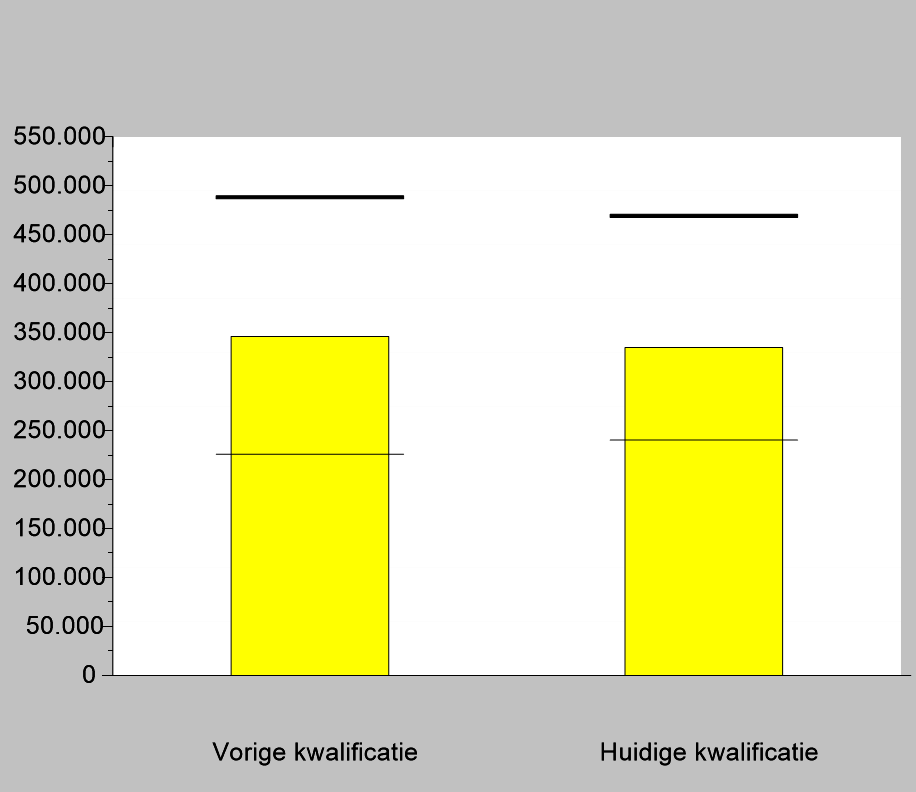
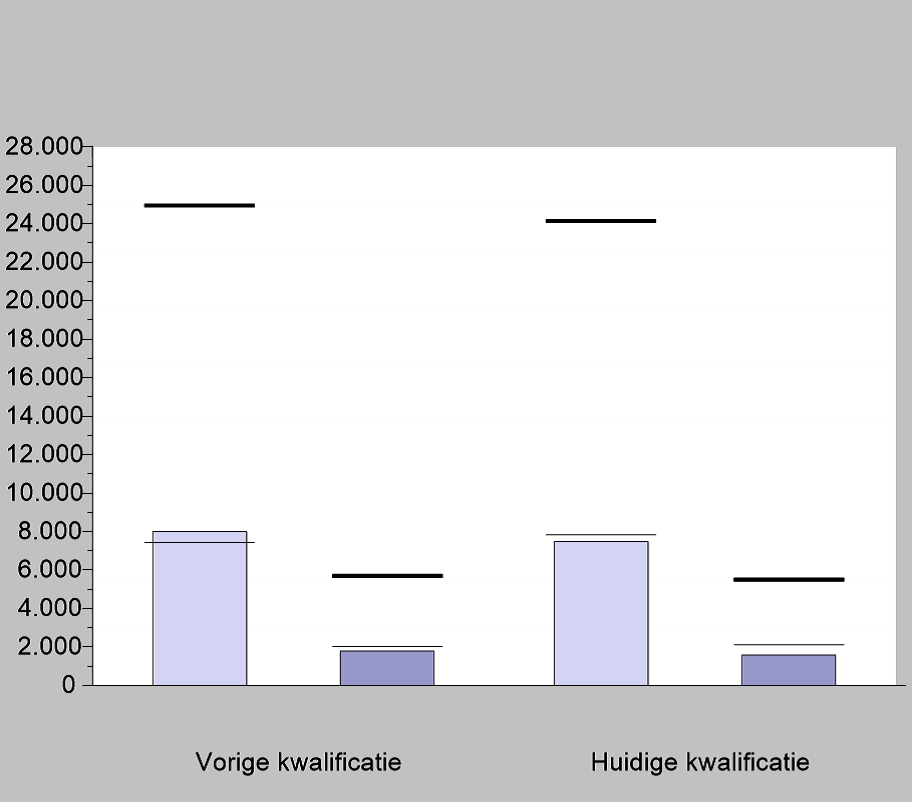

People
There is a permanent team of employees of different nationalities, but everyone in the company is equal. The rules are the same for everyone and each employee is treated in the same way. This, of course, also applies to men and women. All employees have an agreement in accordance with the Collective Labour Agreement for Glasshouse horticulture.
The fact that the company works in a very social way is also confirmed by obtaining a Socially Qualified certificate issued by a recognised and accredited organisation called MPS. In addition to this certificate, we also are about to receive the Planetproof certificate, MPS-A, GlobalGAP and GRASP.

Health
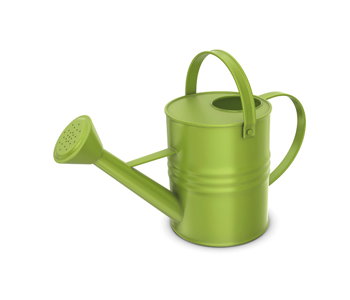
Care
Phalaenopsis:
Areca:
Musa:
